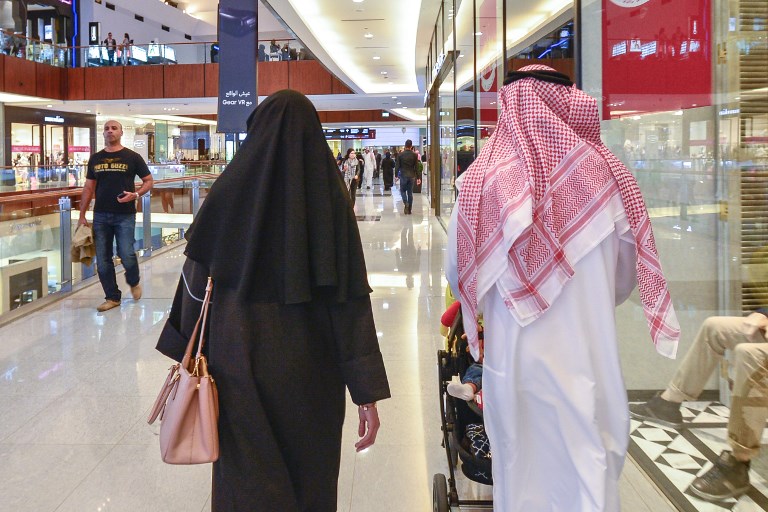São Paulo – A report released this Tuesday (13) by the International Monetary Fund (IMF) shows that the tightening of global financial conditions has increased the urgency for the reduction of budget deficit and debt in the Middle East and Central Asia countries. “The buildup of debt in recent years – which now exceeds 50% of the Gross Domestic Product (GDP) in almost half of the countries in the region – requires urgent action,” states the report “How the Middle East and Central Asian Countries Can Reduce Debt and Preserve Growth.”
The IMF states that if these governments do not cut down budget deficits and debts, they will be forced to spend increasing portions of their budget on interest payments rather than on areas that promote growth. Due to the labor force and women, the region is in needs higher and inclusive growth, says the report.
“The prospect of absorbing 5 million workers each year seems particularly daunting for the Middle East, North Africa, Afghanistan and Pakistan (MENAP) region, given that one in five young people are already unemployed,” says the document.
But the IMF advises that budget reforms must be well-designed so the most vulnerable are not impacted with expenditure cuts and increase of taxes. “Lifting people out of poverty boosts their productivity, increases their spending power, reduces crime and conflict, and, increases the long-term economic potential of a country,” states the report, calling for growth and equity.
The IMF advises countries in the MENAP region, particularly oil exporters, to increase their revenues. The Fund states that there is room to reduce the generous corporate tax exemptions and advises for a more equitable allocation of the tax burden, plus other measures, such as improving the quality of spending.
This IMF report was based on the region’s economic report, published last week, which states that after a 0.4% fall last year, the economies of the Gulf Cooperation Council (Oman, UAE, Saudi Arabia, Qatar, Bahrain and Kuwait) should again see a 2.4% growth in 2018. For next year, report forecasts a 3% growth.
According to the IMF, the region’s economy is expected to grow due to the implementation of public investment projects, including those consistent with the five-year development plant in Kuwait, infrastructure projects ahead of the 2022 FIFA World Cup in Qatar and preparations for the EXPO 2020 in the United Arab Emirates.
The MENAP region as a whole saw a 2.2% growth last year and is expected to grow 2.4% in 2018. For 2019, the forecast is for GDP growth to reach 2.7%, with an average growth of 3% per year expected for the 2020 to 2023 period. The oil-exporting countries (Algeria, Bahrain, Iran, Iraq, Kuwait, Libya, Oman, Qatar, Saudi Arabia, UAE and Yemen) saw a 1.2% growth in 2017 and should grow 1.4% in 2018, 2% in 2019 and 2.3% from 2020 to 2023.
The oil-importing countries in MENAP (Afghanistan, Djibouti, Egypt, Jordan, Lebanon, Mauritania, Morocco, Pakistan, Somalia, Sudan, Syria and Tunisia are expected to grow 4.5% in 2018, 4% in 2019 and 4.3% between 2020 and 2023. Last year, the region registered a 4.1% growth as a whole, according to the Fund.
Forecasts were made with an oil barrel average price of USD 69.38 in 2018 and of USD 68.76 in 2019. “Markets continue to expect oil prices to peak in 2018 and then decline gradually to about USD 60 a barrel by 2023,” states the IMF. Therefore, the growth forecasted for MENAP oil-exporting countries should be below the historical averages in the next few years. And the shock to growth triggered by the drop in oil prices in 2014 should continue to have an impact.
Translated by Sérgio Kakitani




